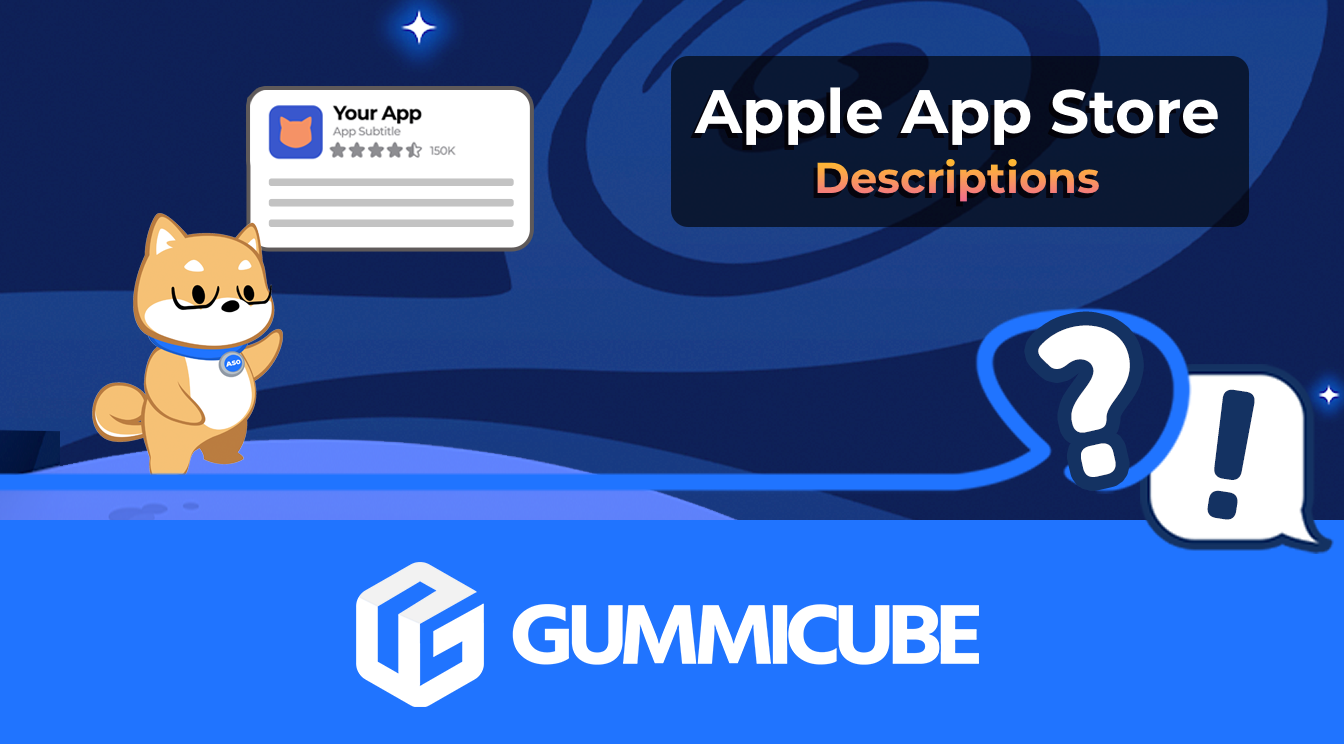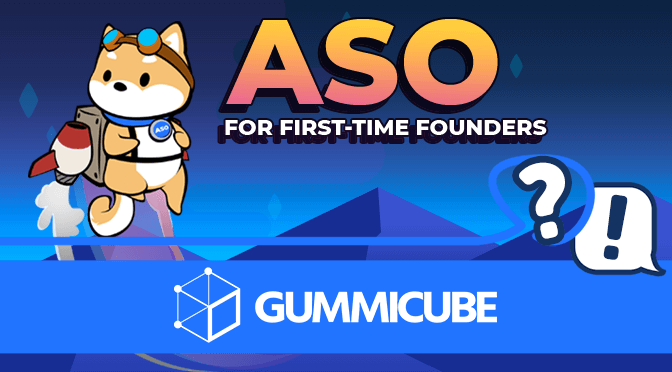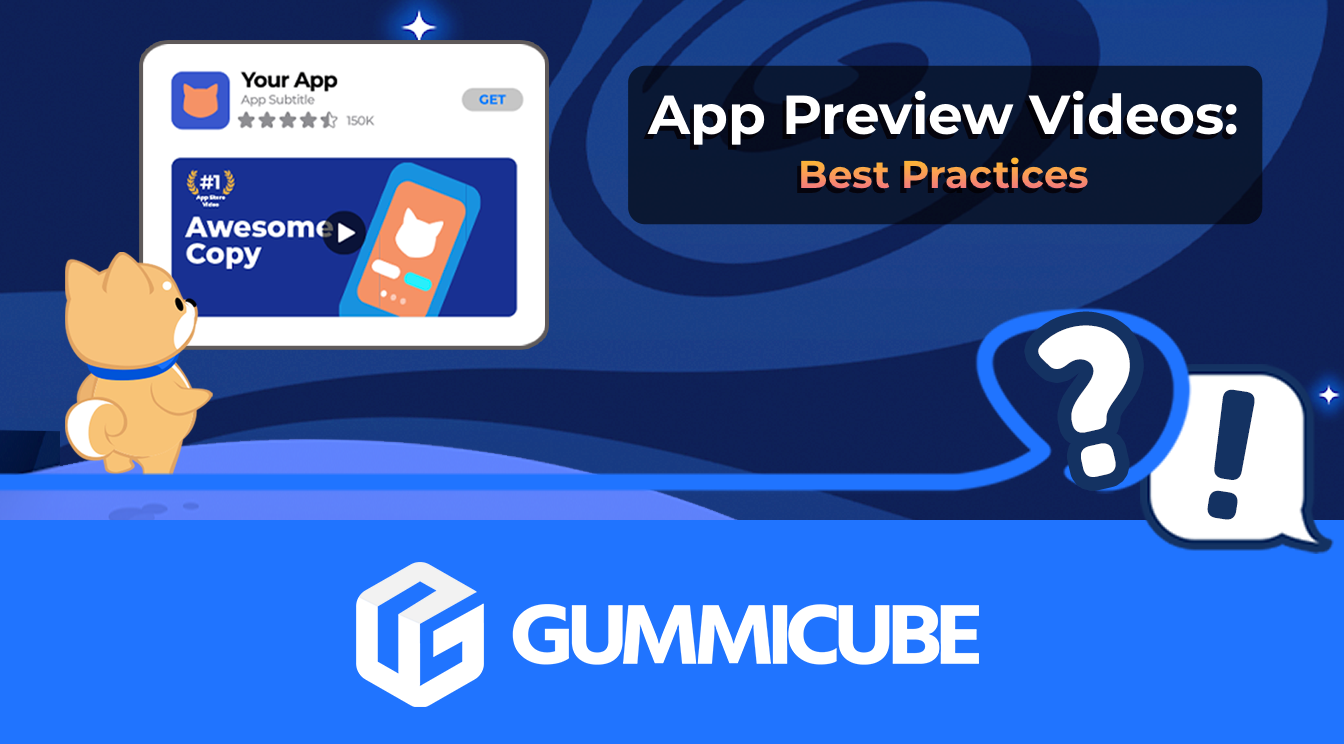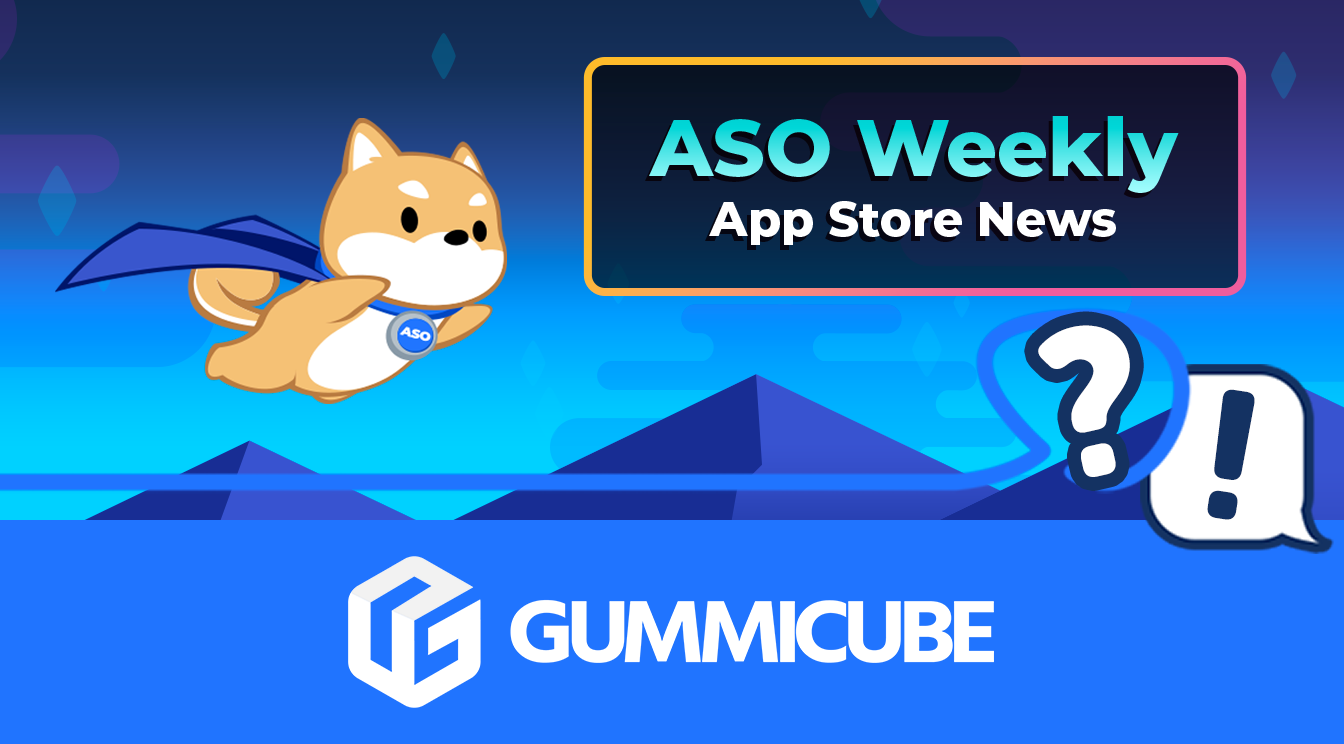
How to Write an Apple App Store Description
Posted on July 17th, 2024
Learn how to approach App Store descriptions the right way so you can effectively engage and convert users.

App Store Optimization (ASO) is a term that gets brought up frequently when discussing mobile app marketing, and for good reason. ASO can help a developer reach a wider audience and improve installs, but first-time app developers and founders may not be sure where to start. If you’re a first-time founder looking to understand App Store Optimization, here is what you need to know for getting started with ASO, metrics you need to understand and what to expect when you optimize.
ASO is, at its core, is the best practices and strategies used to build an app’s reach and grow its userbase. As the majority of app discovery and installs occur in searches, improving the number of keywords an app ranks for and the app’s rank in search results is an important goal of ASO.
This optimization requires analyzing and optimizing all aspects of the app’s listing, such as its keywords, screenshots, description and so on.
There are several aspects to ASO, including but not limited to:
App Store Optimization requires research and testing, but when done properly, it can result in several improvements, such as:
How does one measure App Store Optimization success? Tracking key metrics helps show app developers and marketers how well their ASO strategy is working. These metrics include:
Each of these is an important indicator of an app’s success, and together they paint a picture of performance. It could be that an app is seeing high impressions but low conversions, or keywords are high while app units are low – these could indicate an issue in the app’s page or performance that should be addressed. On the other hand, if the metrics are positive, this can indicate that the ASO strategy is working.
Tracking growth is just as important as seeing the numbers themselves. Identifying trends and seeing if an app is on an upward trajectory or losing steam can help guide one’s optimization strategy. While a short spike in installs might be exciting, it means little in the long run if there isn’t long-term growth behind it.
Another important metric is what channels are providing how many downloads. Downloads can come from different channels, such as Search, Browse or Explore, web referral and app referrals. Understanding what channels are driving downloads and which ones are falling flat can help you better allocate your budget and resources.
App Store Optimization is an ongoing process, not a means for instant success. ASO builds momentum that compounds over time, rather than short burst campaigns that lose momentum as soon as they end.
This is especially true for new apps. When an app launches, the App Store and Play Store will have no data on it. The algorithms will need time to index the app, determine its relevance and see what terms convert users. Developers should monitor their apps to see where they’re growing, test variants and launch new iterations to improve upon successes.
It takes time to index for keywords. You may not get thousands of installs a day right after launch, but the pratice of researching the market, deploying optimized metadata and creatives then iterating based on performance is a steady path to long term performance improvements.
App Store Optimization takes time, effort and constant analysis and iterations. If you want to build the foundation for your app’s success, there’s no substitute for ASO.
Want more information regarding App Store Optimization? Contact Gummicube and we’ll help get your strategy started.

Learn how to approach App Store descriptions the right way so you can effectively engage and convert users.

Learn how to grab your audience's attention through effective and engaging app store preview videos.

Welcome to this week’s ASO Weekly - The App Store halts gambling ads amidst outcry and the Apple takes a bite out of NFT app sales.